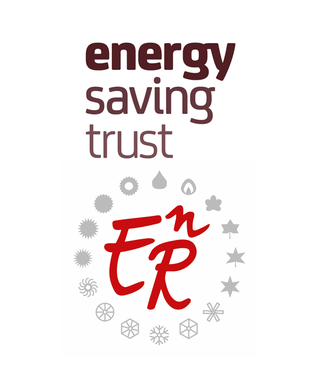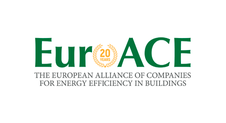Search eceee proceedings
Correlating room air conditioner energy consumption with thermostat setting to encourage occupant behavioural change towards enhanced energy efficiency and thermal comfort
Panel: 8. Buildings: technologies and systems beyond energy efficiency
This is a peer-reviewed paper.
Authors:
Satish Kumar, Alliance for an Energy Efficient Economy, India
Sandeep Kachhawa, AEEE, India
Saikiran Kasamsetty, AEEE, India
Abstract
With less than 10% penetration today, the installed base of room air conditioners (RACs) in India is 39 million units which is expected to grow exponentially in the coming decades owing to increasing population, rising temperatures and improvements in quality of life. Surveys conducted by AEEE to understand RAC operating behaviour show that approx. half of the surveyed population prefer to operate RACs at set-points much below 24°C. With research efforts worldwide around thermal adaptation of people living in tropical climates, adaptive thermal comfort (ATC) based RAC operation is gaining traction among policy makers in India.
The Government of India is planning to frame definitive guidelines around optimal thermostat setting for RACs to encourage occupant behavioural change towards enhanced energy efficiency and thermal comfort. However scientific lab-based research to correlate RAC energy consumption with ATC based set-point is largely missing.
To support evidence-based policy formulation, AEEE took upon a study to establish energy savings impact through the adoption of ATC. While reviewing various test standards it was found that none of the accepted protocols support such testing and hence customized tests were designed in collaboration with a state-of-the-art balanced ambient calorimeter testing facility (NABL accredited) in India.
Three RACs of the predominant ~1.5TR cooling capacity of different make, efficiency and refrigerant type were tested at all combinations of three indoor conditions 22°C, 24°C, 27°C and three outdoor conditions 30°C, 35°C, 40°C. The test results reveal that an energy saving potential of 8 to 10% per degree Celsius set-point increase could be reaped while increasing the indoor set-point from 22 to 27°C in inverter RACs.
The energy saving potential in case of used fixed speed RAC was observed to be only one third as compared to new inverter RACs. Empirical evidence on the energy savings or penalties due to thermostat setting presented in this paper shall help both policy makers to frame informed guidelines for occupants on optimal thermostat setting as well as manufacturers to set optimal default set-point and raise the minimum allowable thermostat setting.
Downloads
Download this paper as pdf: 8-240-19_Kumar.pdf
Download display as pdf: 8-240-19_Kumar_display.pdf
Panels of
1. The dynamics of limiting (energy) consumption
2. What's next in energy policy?
4. Monitoring and evaluation for greater impact
5. Smart and sustainable communities
7. Make buildings policies great again
8. Buildings: technologies and systems beyond energy efficiency
9. Improving energy efficiency in ICT, appliances and products

























